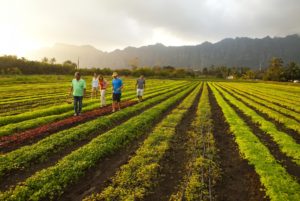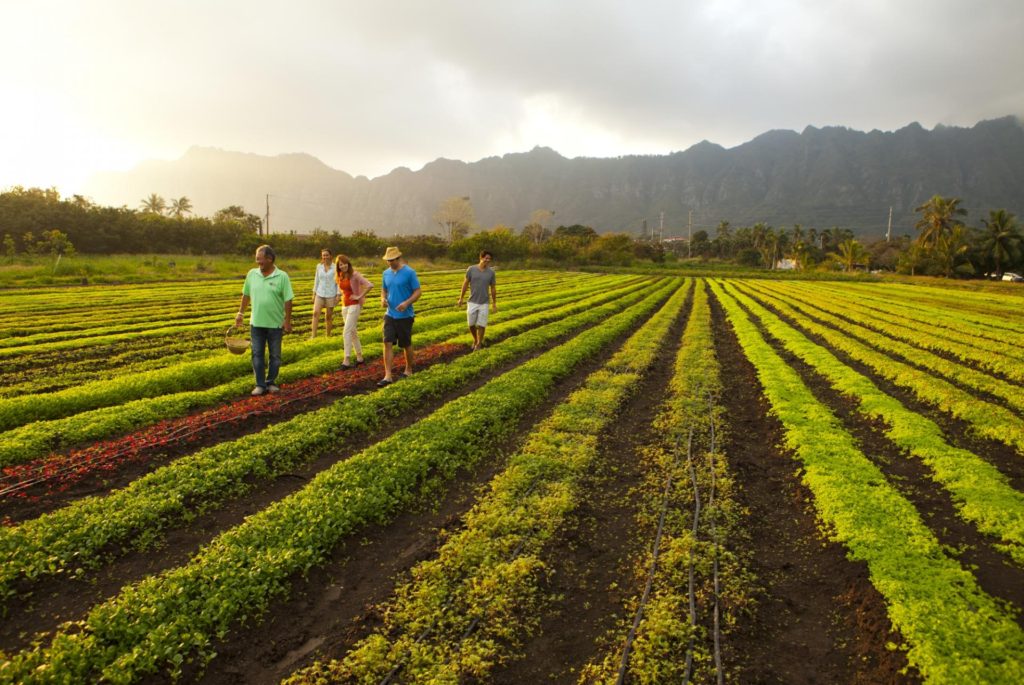Tiny Homes On Agricultural Land: 600 Square Feet Or Less
Honolulu City Council introduced Resolution 20-293, proposing an amendment to Chapter 21, revised ordinances of Honolulu 1990 Land Ordinance, relating to farm village communities. The ordinance was introduced on Oct. 29th, 2020. The full proposal goes before the Honolulu City Council on Dec.2nd, 2020.
The Purpose Of Resolution 20-293
The purpose of this ordinance is to establish farm village communities as land-use requiring a major conditional use permit in the agricultural zoning districts to increase agricultural production and food security by encouraging the development of affordable housing for farm workers and the economical of agricultural land.
A Farm Dwelling
A farm dwelling in a farm village community may not exceed 600 square feet of floor area.
KITV4 News
HONOLULU – As the pandemic makes it harder for people to buy food or pay their rent, a Honolulu city councilmember has an idea to keep people housed and fed. Councilmember Kymberly Pine wants to create farm villages, and she’s asking the full council to consider this proposal next week.
As the pandemic continues, the lines for free food get longer at food pantries and other distributions around the state.
More people are filing for unemployment. In the second week of November, the state says 4,343 people applied. That’s an increase of 343.2% from a year ago.
Pine says, “There’s a lot of people telling me, The jobs are never going to come back. We just want to be able to feed our families. Work, provide for our families, have a simple life.” She took that message to heart and came up with an idea to create farm village communities.
“There’s going to be a lot of people who are going to need a different lifestyle. There is going to be a lack of jobs and they’re going to be willing to work for their livelihood,” she believes
Her idea is to allow agriculture land owners to build lots of tiny homes on their farms, to house workers. Resolution 20-293 proposes an amendment to Chapter 21 of the Honolulu Land Use Ordinance, to change the zoning regulations. “It allows tiny homes, 600 square feet and under, where people can have a space to live – a roof over their head – to do minimal activities, but the rest of the day, they’ll be out on the farm and their kids will be safe as well,” she sums.
She believes the larger plots, like those in Kunia, could have a couple hundred homes. “This is just another way of living coming off a pandemic that has caused so much financial suffering,” she continues.
Pine says this could alleviate both the affordable housing and the food insecurity crises, as well as help diversify the agriculture crops. “As people have experienced this extreme financial stress right now, you’re going to have a lot of people who want to go back to a basic lifestyle.”
Pine points to her own grandparents’ experience living on a plantation as the inspiration. While it was hard, the sense of togetherness and communal living is what she hopes to recreate. Sounds like a blast from the past, I comment. “It is! Sometimes the best solutions are already what happened in the past!” she enthuses. “There’s a lot of farmers who want to create a nice family community where people believe in what they’re doing.”

Photo Courtesy: Farm Tours On Oahu
Tiny House Alliance USA Editor
The Future Of Tiny Is Now!
Janet Thome Founder And President
ja***@ti******************.org
509 345 2013
Founder Of Tiny Portable Cedar Cabins

